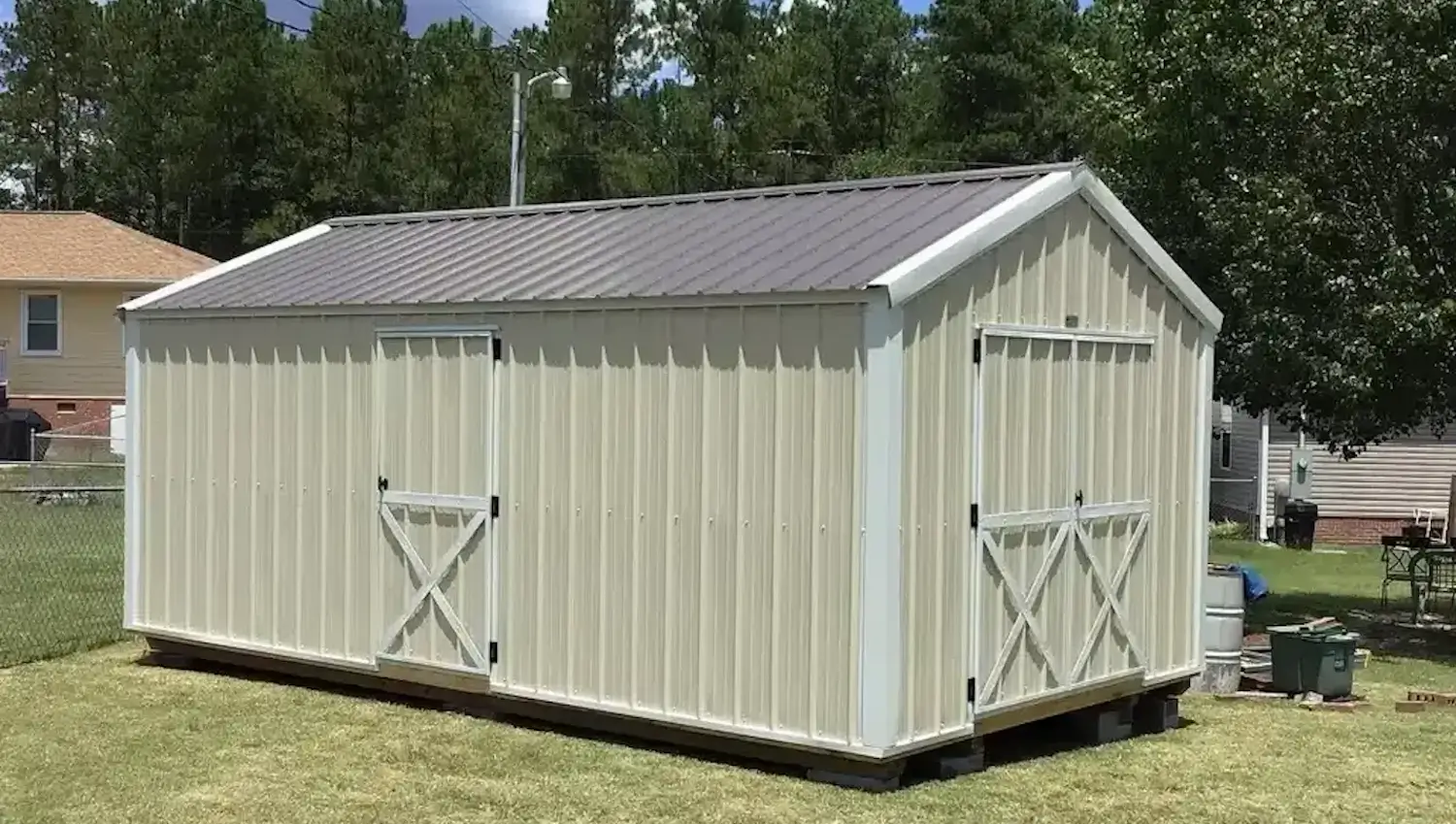
August 24, 2025

Gardening is a lovely thing and very good for the environment, the wellness of the soil and for wildlife. Selecting the right plants can help a be healthier garden, and be easier to garden. One of the best plants to use is coneflower (Echinacea). This rugged perennial blooms brightly, drawing pollinators such as bees and butterflies into the garden. It also improves the soil, cuts down on chemicals, and doesn’t need much maintenance.
Volunteer coneflowers not only look pretty, but they are also good for the garden. They are natural pest repellents, provide bird food and grow in various climates. They are perfect for those who haven’t had much luck with houseplants before, as they are drought-tolerant, and easy to cultivate.
Growcycle offers products that can assist gardeners in cultivating perennials like coneflower (Echinacea). The Felco F-5 Economy Pruner facilitates precise pruning and deadheading, making it useful for maintaining perennials.
Echinaceas Echinaceas, or coneflowers, are hardy herbaceous perennials native to North America. They have pretty daisy-like flowers and many therapeutic properties. They are in the Asteraceae family and are commonly grown as garden plants for their hardiness, low maintenance, and attractiveness to bees and butterflies.
The Coneflowers have tall, strong stems that grow to a height of 2 to 5 feet (60 to 150 cm) depending on the species and growing environment. Stems are more or less hairy and arise from a fibrous or sometimes a taproot.
The leaves are more or less irregular in shape and size. Basal leaves are broad and somewhat oval in shape and have serrated margins, upper leaves are more elongated and lanciform. The dark green leaves are coarsely textured, which allows the plant to hold moisture which is quite helpful in dry spells.
Coneflowers are known for their large, colorful blooms that usually flower from late spring to early autumn. Each flower consists of:
Coneflowers belong to a varied family of plants with many species and cultivars coming in various colors and growing habits. Here are a of few of the most commonly used species and varieties of coneflowers:
The Purple Coneflower is the most well-known and commonly cultivated species. It is characterized by its large, purple-pink petals and orange-brown central cone. This species grows 2 to 4 feet tall and blooms from summer to fall. Here are some of its varieties:
This species is smaller and more compact compared to E. purpurea. It is native to the central United States and is distinguished by narrower leaves and smaller flowers. The petals are typically purple or pink, and the central cone is a rich orange-brown color. Here are some of its varieties:
The Pale Purple Coneflower features long, narrow petals that appear more drooping than those of other coneflower species. Its flowers are typically light purple or pale pink, with a prominent brown cone in the center. The coneflower grows to about 2 to 3 feet tall and blooms from summer to fall.
Native to the limestone regions of Tennessee, this species is characterized by yellow-orange petals and a large, spiky central cone. It is an endangered species, but cultivation and conservation efforts are helping to preserve its beauty. The plant grows to about 2 feet tall and blooms in mid to late summer.
Known for its yellow petals, the Yellow Coneflower is a unique species in the Echinacea genus. It has a prominent yellow-orange cone and grows to about 2 feet tall. It thrives in well-drained soil and is drought-tolerant once established. This species adds a bright splash of yellow to any garden.
Cultivation of Coneflowers In The Garden Growing coneflowers has several advantages including::
Coneflowers are a great addition to any garden with their bright colors and bold shapes. They have large, daisy-like flowers in purple, pink, white or orange that add beauty and have an ornamental quality, so flowers can be the focus of your garden beds, borders and wildflower gardens.
They vary in size and color, which enables gardeners to mix and match types and create an exciting, colorful landscape that will flower from late spring until fall.
Coneflowers are also highly beneficial to local wildlife. The nectar-rich flowers attract a variety of pollinators, including bees, butterflies, and hummingbirds, all of which are vital for the health of ecosystems. These pollinators help fertilize other plants in the garden, ensuring better fruiting and seed production.
In addition to pollinators, birds, especially goldfinches, love to feed on the seeds of the coneflower in late summer and fall. This supports local wildlife and contributes to a balanced ecosystem.
Coneflowers have a positive impact on the garden's well-being in many ways. And their deep roots contribute to improved soil structure by reducing erosion and making the soil spongier. They can also help with natural pest control, drawing in beneficial insects such as ladybugs, which eat harmful pests including aphids.
They are also drought tolerant, low maintenance and adapt to a variety of soil conditions. Once established, they require virtually no water and can withstand drought, a perfect addition to water wise gardens. Their versatility – sun is not a problem – also adds to the draw for gardeners who are after plants that can take heaps of neglect but still deliver.
Coneflowers are also medicinally used. They've been utilized in herbal medicine to increase immunity, reduce inflammation, and even to treat common colds. Coneflowers are still undergoing investigation, however the potential health-promoting properties make them a desirable plant for people seeking wellness. Echinacea’s antioxidants and does also make it a focus among immune supporters made this connection between Echinacea and reducing inflammation or antiviral potential of Echinacea in their system.
Coneflowers are durable and adaptable, which makes them favorites of gardeners. With the right conditions and attention, they can thrive and bloom for months, attracting pollinators and bringing a burst of beauty to any garden.
To ensure healthy growth, coneflowers need:
The best time to plant or transplant coneflowers depends on the climate:
Proper maintenance ensures continuous blooming and plant health:
While coneflowers are hardy, they may face some challenges:
Coneflowers are versatile plants that can boost any garden with their vibrant colors and long-lasting blooms. Their adaptability makes them ideal for different landscape designs, companion planting, and seasonal displays.
Coneflowers can be used in various garden settings to create stunning visual effects:
Pairing coneflowers with other plants enhances both aesthetic appeal and garden health:
Coneflowers can be part of a year-round display by combining them with plants that bloom in different seasons:
Expanding a coneflower collection is easy with various propagation methods. Whether growing from seed, dividing mature plants, or using cuttings, these techniques allow gardeners to cultivate more plants and enhance their landscapes.
Coneflowers can be grown from seed and it’s an economical way to grow lots of plants. Here is the process to do it:
Dividing coneflowers is the quickest way to create new plants while rejuvenating older ones. When plants are dormant, early spring or fall is the best time to do this process.
Less commonly, propagation by cuttings is feasible. This Late Spring to Early Summer technique can be used if the new growth is strong.
Coneflowers (Echinacea) Great choices for any garden. They provide the ideal combination of desirability, durability, and ecological advantages. And as native perennials, coneflowers can provide much needed benefits to the soil and biodiversity.
In this way, with a little help, gardeners have the opportunity to increase their collection and benefit from these wonderful perennials the whole time. Visit Growcycle for planting somethings to ensure a healthy development of these Perennials.
Disclaimer: This material is for informational purposes only and should not be relied on for legal, medical, financial, or any other form of professional advice.
Yes, coneflowers belong to the Echinacea genus, with several species commonly grown in gardens.
Plant echinacea in full sun with well-drained soil, in garden beds, borders, or wildflower patches.
Coneflowers enhance garden beauty, attract pollinators, improve soil health, and offer medicinal benefits.